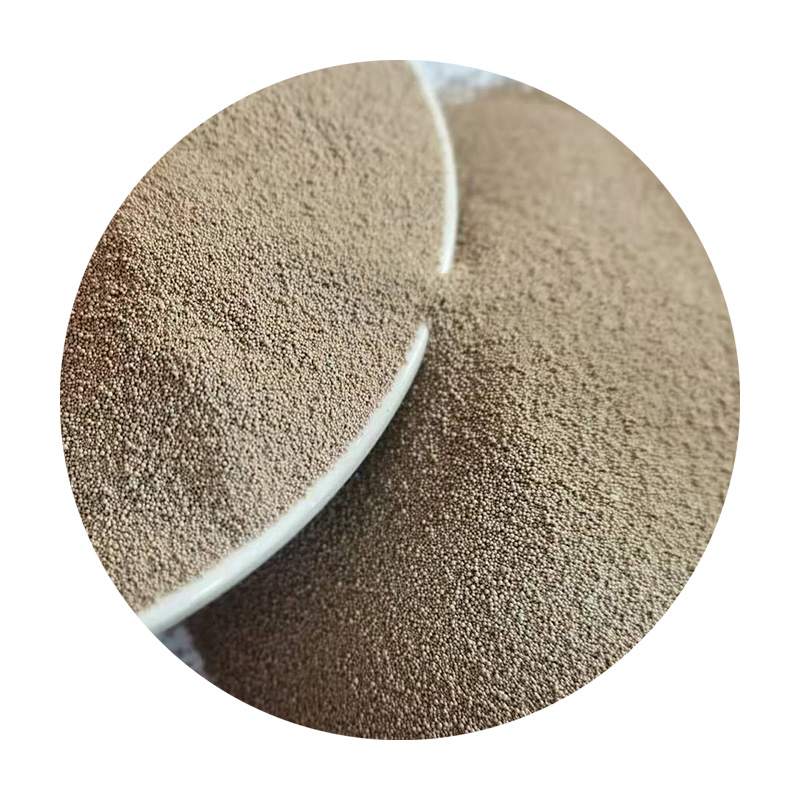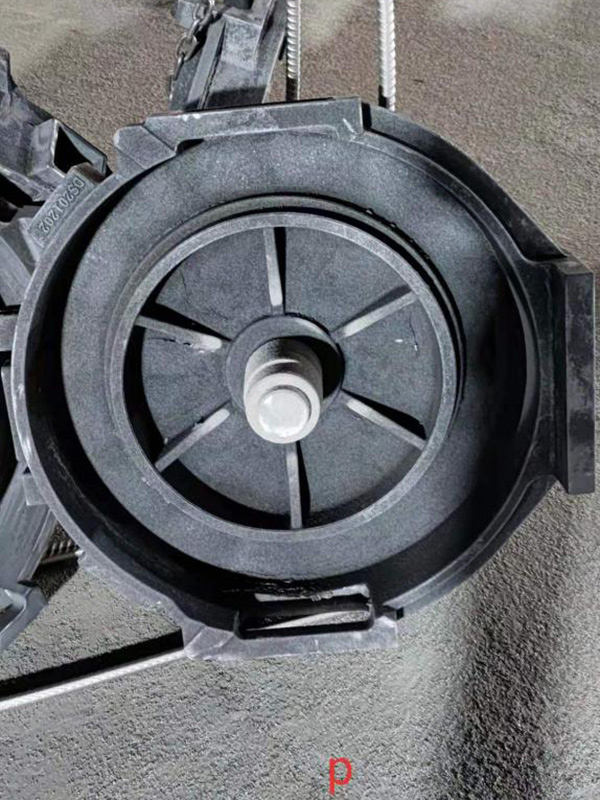

Innovation in this field has introduced advanced techniques and technologies that elevate the reliability of iron sand casting. Through developments in computer simulations, professionals are now able to predict potential issues before they manifest on the production floor. Simulations allow for a preemptive approach, where mold designs and process parameters can be adjusted for improved results, a shift that saves both time and resources. A well-calibrated iron sand casting setup ensures adherence to industry standards, enhancing the trustworthiness of the products generated. High-quality castings reflect on both the brand and the manufacturing processes, reinforcing reputations for reliability and expertise. This extends to certifying that every component meets rigorous quality checks, emphasizing the manufacturer’s commitment to excellence. For companies producing cast iron parts intended for high-stress applications, experience plays a significant role. Only through experience can operators anticipate potential complications and adapt processes accordingly. This expertise ensures consistency and precision, even under the demands of large-scale production runs. Moreover, leveraging years of practice aids in refining techniques that reduce material waste and optimize resource usage, further cementing credibility and trustworthiness. When executed with the right blend of traditional methods and modern technology, the iron sand casting process is not just a manufacturing technique but a testament to a company’s expertise and commitment to quality. The results are products that not only meet but exceed the expectations of durability and functionality, providing clients with confidence in their investment. Thus, an in-depth understanding of the iron sand casting process is vital, marking the difference between usual manufacturing and crafting products recognized for their excellence and resilience. Post time:feb . 15, 2025 06:09
Next:Kaist SuperSand for foundries
